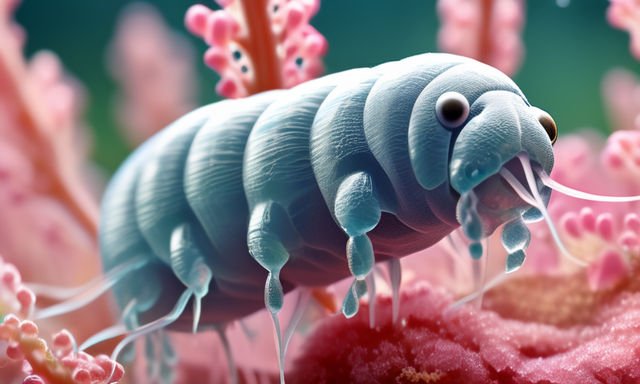Tardigrade proteins in our human cells

Tardigrades are remarkably resilient little creatures, which is good for them, but what does it offer for us? Now we can be closer to using their superpowers for our own benefit.

The better we understand how tardigrades can achieve all this, the better we can adapt them for ourselves, and now scientists from the United States, the United Kingdom, Italy and the Netherlands have taken a big step toward this goal by introducing tardigrade proteins into humans cells and showing that they can obtain similar protective effects.
Thank you for visiting my blog. If you like posts about #science, #planet, #politics, #rights #crypto, #traveling and discovering secrets and beauties of the #universe, feel free to Follow me as these are the topics I write about the most. Have a wonderful day and stay on this great platform :) :)
Em português
Proteínas tardígradas em nossas células humanas

Os tardígrados são criaturinhas notavelmente resistentes, o que é bom para eles, mas o que isso oferece para nós? Agora podemos estar mais perto de usar os seus superpoderes em nosso próprio benefício.

Quanto melhor entendermos como os tardígrados podem conseguir tudo isso, melhor poderemos adaptá-los para nós mesmos, e agora cientistas dos Estados Unidos, do Reino Unido, da Itália e da Holanda deram um grande passo em direção a esse objetivo, introduzindo proteínas tardígradas em humanos. células e mostrando que podem obter efeitos protetores semelhantes.
Obrigado por visitar meu blog. Se você gosta de posts sobre #ciência, #planeta, #política, #direitos #cripto, #viajar e descobrir segredos e belezas do #universo, fique à vontade para me seguir, pois esses são os assuntos sobre os quais mais escrevo. Tenha um dia maravilhoso e fique nesta ótima plataforma :) :)
Obrigado por promover a comunidade Hive-BR em suas postagens.
Vamos seguir fortalecendo a Hive
Detailed information about new form of protein